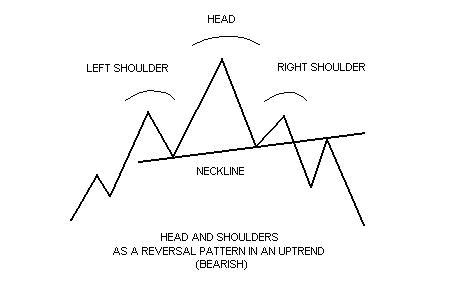by Dr Invest
We are all excited about the coming profits we are going to make from the market. Bernanke tells us that he is not going to permit interest rates to rise and will spur the economy with new stimulus should there be a disruption in the market place. Oh, goody! Just was we wanted to hear. Does this mean we need to invest all our savings in the stock market now because Bernanke has promised that it will be safe?
The market has continued a strong showing because the government is throwing a party for the world at the U.S. tax payer's expense. The past three days show no slowdown in the market's gains. Here is what Reuters reported:
Asian shares rose on Monday as weaker-than-expected U.S. growth data left open the possibility of further monetary stimulus from the Federal Reserve to boost growth, but trading was subdued with Japanese and Chinese markets closed. The dollar remained pressured by Friday's report showing annual growth in the U.S. economy cooled in the first quarter to 2.2 percent, below a 2.5 percent forecast, and concerns about lower fuel demand brought oil prices lower."A flavor of QE (quantitative easing) is back in the air, driving the U.S. dollar lower and risky assets higher," said Sebastien Galy, strategist at Societe Generale.
Now you know the rest of the story, the continued run-up in the market is riding on the anticipation that the FED will not allow the market to sink. I remember my children saying: "Take me to Sea World." I explained we didn't have the money. One of my children said, "Daddy, just write a check."
We have the Asian market rising on the anticipation that further stimulus will arrive via the Fed, insuring that the market will not decline. Is this really what we want? Do we want the perception that the good ole USA will continue to stimulate the world markets, when the fundamentals of the market look weak. Most importantly, do you want to put your life savings at risk in the market, when the market is being kept afloat by a promise of government stimulus?
An Exuberant Market
A month ago, one of the talking heads explained that the market had not yet reach the place of exuberance. If this market is not exuberant, I don't know what market is. In the face of poor GDP, the light of high unemployment, and world recession U.S. investors seemingly think that they can't be effected. And now, China anticipates that on-going stimulus will keep markets growing.
In late 2011 The BlackBay Group's Todd Schoenberger confidently
predicted on Breakout
that the stock market would fall 20% by mid-2012 and 35% by the end of the year.
History has not been kind to the prediction thus far. With QE3 on the back burner, slowing corporate earnings growth, and "debt
bombs in China," Schoenberger says he simply can't get excited about the market.
"You cannot tell me the macro data is going to support any type of
sustainability." The bears have the data rolling in their favor for the first time in 2012.
The global situation is deteriorating and the trend in U.S. data has been soft
since last month's jobs report. If this year is going see a replay of last
year's near-20% drop over the summer, it's likely to start now. For a full report, click on the link below:
http://finance.yahoo.com/blogs/breakout/market-still-set-fall-35-2012-schoenberger-122255637.html
I don't know that you are thinking what I am thinking, but my opinion is that now is not the time to buy stocks. Wait a bit longer. The time for stocks will be later this year, unless we are in the throes of a fatal recession.
(note: the above information is for entertainment purposes only and not to be used as finanical advice.)















